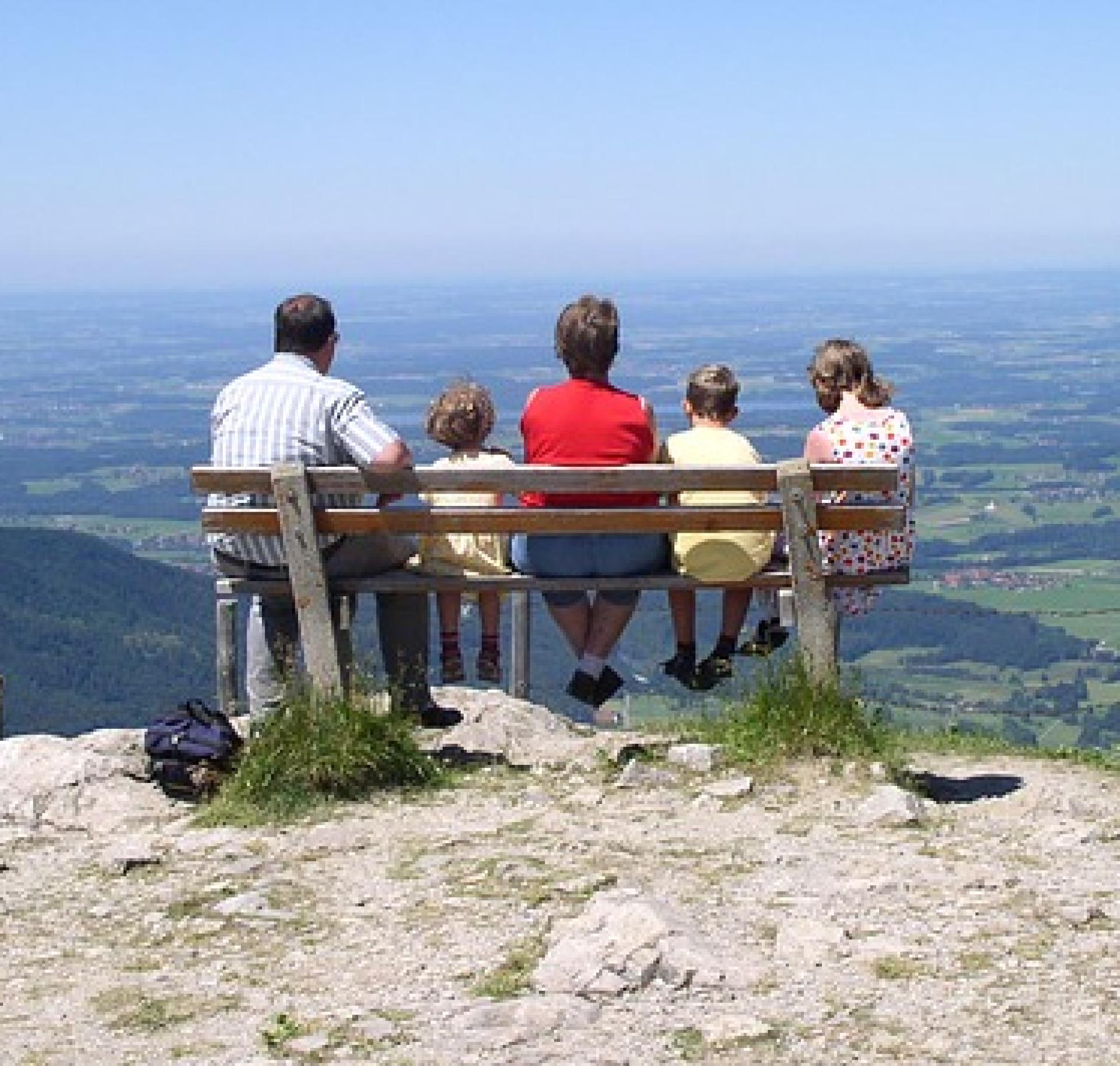Teti, Abini. The sanctuary of the ancient Sardinians
Access
From Teti, take the SP4 downhill towards Lake Cucchinadorza, one of the three large reservoirs used for the production of hydroelectric energy. Just before the dam, on the left of the road, there is a clearing where you can park.
Il Taloro - The Taloro
You turn back a few dozen metres, taking a dirt road that leads slightly downhill in a north-westerly direction, passing a gate that is always open. The road continues downhill, keeping to the right of the gorge of the Taloro river, interrupted upstream by the barrage of the dam of the Cucchinadorza. Soon you come across two gates side by side: take the one on the right, which is never locked and serves to regulate livestock traffic. Immediately, a dirt track begins, initially in good condition, then increasingly rutted. The path enters the Taloro gorge: the river, once stormy and impetuous, is often dried up due to the interruptions of the dams upstream, but it still flows with a roar in winter and spring.
Abini
The road bends slightly to the west, still within sight of the river. It climbs slightly over a wide ridge, flanked by a woodland and shrubland, then descends in narrow hairpin bends. The road goes just above a farmstead: ignore the first fork to the left and then, at a sharp right-hand bend that descends towards the farmsteads, take a left along the less obvious tracks (GPS useful), almost immediately taking up a good dirt track that heads towards the Abini agriturismo. You descend to lap the Taloro and here, in a vast meadowy area just below the agritourism, you come across the monumental huts of Abini. The proto-Sardinian village owes its fortune to the discovery of famous bronze statues, such as the warrior with two shields and four eyes, one of the finest examples of proto-Sardinian art. The monumentality of the buildings excavated so far suggests that it was undoubtedly a centre of great importance and it is surprising to come across it in such an evocative and isolated place. After visiting the site, return along the road travelled, perhaps taking advantage of the hospitality of the nearby agriturismo before setting off again.
- Log in to post comments

